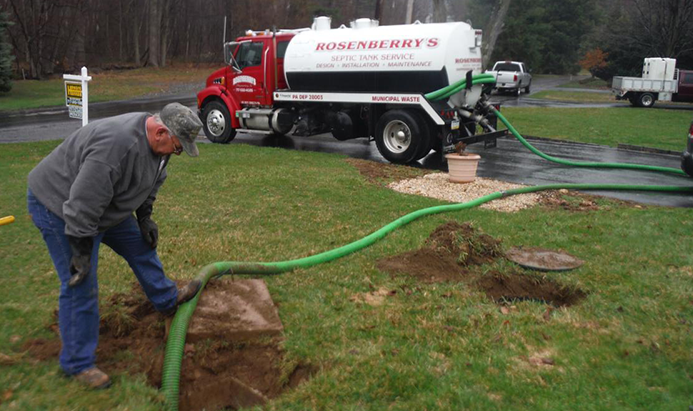
Keeping your septic tank properly maintained is an important step towards treating wastewater effectively. Regular inspection and pumping, avoiding dumping/flushing fats, oils, chemicals, bacterial additives or excessive cleaning products.
Parking vehicles or other excessive weight above a tank or drain field can shift soil, which can damage the system. It is also a good idea to keep roof drains, sump pumps and rainwater drainage systems away from the tank area.
Tank Inspection
A storage tank inspection involves the assessment of an aboveground or underground tank to determine its suitability for continued use. This inspection requires the inspection of both the interior and exterior of the tank. This process is typically completed by a qualified inspector. The tank inspection must include an onsite examination of the primary and secondary tanks, if applicable, foundation and external supports, vapor zone, all gauges and alarms, normal and emergency vents, insulation and appurtenances as well as the spill control systems and release prevention barriers.
Routine in-service inspections must be performed monthly by an inspector trained to inspect API 653 tanks. This visual survey includes looking for staining that may indicate leaks. Additionally, the inspector must examine the spill collection system, secondary containment and all valves for deterioration, washout, cracks, corrosion or other damage. During the inspection, the inspector must also check all openings to ensure that they are properly sealed and secured. The inspection must also check the foundation for deterioration, washout, or other damage.
In addition to a monthly walkthrough, an in-service inspection must be performed on the tank at least once every five years. This is a more thorough inspection that involves both a visual examination of the tank and ultrasonic thickness testing. The in-service inspection should be conducted by an ASNT level II certified UT inspector. This inspection should also include a vacuum box test to determine the integrity of the tank bottom plate welds and shell to floor welds.
The inspection should be compared to the previous results, which serve as the tank’s baseline measurements. Any tank that has experienced a loss of material that is greater than 30% of its original thickness must be removed from service. A two-year reexamination of the tank is required if there are indications of an increase in shell thickness.
Using digital inspection tools allows for an in-depth, high-resolution, nondestructive evaluation of storage tanks without the need to remove them from service. This method allows for faster and more accurate inspections, reduces costs associated with taking a tank out of service for inspection, improves personnel safety, eliminates wasteful and unnecessary work, and helps protect Earth’s natural resources.
Pumping
Septic tanks must be pumped regularly, and the frequency depends on household water use and the size of the tank. A septic system professional can help you determine the amount of time between tank pumpings. In general, it’s a good idea to have the tank pumped every three to five years.
When a septic tank gets full of solids, the wastewater in it does not get treated properly. The solids are carried to the soil absorption field, where they clog the soil and restrict the flow of wastewater. Once this happens, the septic system must be replaced, which can cost thousands of dollars.
Keeping a septic tank pumped is one of the most important things you can do to prevent costly repairs and avoid hazardous sewage backups. To pump a septic tank, a professional uses a truck with a special hose that connects to the inlet and outlet ports at the bottom of the tank. The hose is then connected to an electric pump, which forces the waste out of the tank and into the truck’s container. The empty tank is then loaded onto the truck and taken away for disposal.
The tank’s inlet and outlet baffles must be cleaned periodically to keep them from being clogged by sludge and scum layers. If the inlet or outlet baffles are not cleaned, the septic tank will need to be pumped more frequently.
Other Septic Tank Maintenance includes having a pump screen or effluent filter installed, which is cheaper and easier to clean than a clogged drain field. In addition, a homeowner should not flush cigarette butts, facial tissue, paper towels, diapers or feminine products down toilets. These items create scum layers and cause the drain fields to fail.
Inspecting the septic system regularly is also important to ensure that it’s working as intended. Odors, surfacing sewage and wet spots in the yard are all warning signs that it’s time to have the tank pumped.
Never drive or park vehicles above a septic system or drain field, as this can wreak havoc on the tank and pipes. Don’t plant trees within 30 feet of a septic system or drain field, either, as tree roots can interfere with the pipe network. Finally, make sure that all contractors who inspect, pump or repair a septic system are licensed system professionals.
Cleaning
A septic tank needs regular inspection and cleaning to avoid a build-up of solid waste material. This sludge can clog the drain lines and affect the quality of the surrounding soil and water supply. A well-maintained septic system will also help you avoid costly repairs to your home plumbing and septic tank.
A professional inspector can help you determine when a full septic tank cleaning is necessary. He or she will inspect the sludge and scum layers while looking for leaks. The inspector will also relay the information to you so that you can monitor the layers during future inspections.
While some septic tank owners attempt to pump out their own tanks, this is usually not a good idea. It is important to remember that a septic tank contains dangerous waste, and handling it requires special equipment. It is also important to know that the waste cannot be disposed of at home, but must be taken to a landfill for disposal.
The septic tank must be cleaned thoroughly before it is pumped out. A qualified professional will use a special tool to remove the sludge and scum from the tank walls and floor. He or she will then rinse the tank with fresh water. The rinse process helps to improve the effectiveness of baffles and filters that improve the removal and retention of solid wastes. The technician may also look for signs of physical damage to the septic tank and the drain field.
In addition to septic tank cleaning, it is a good idea to do some basic maintenance. Avoid flushing household chemicals, antibacterial soaps, and grease down the drains. These substances can disrupt the delicate balance of bacteria in your septic tank, leading to overflow and clogs. Also, avoid flushing feminine products, paper towels and wipes, coffee grounds, and other wastes that don’t break down quickly.
Keeping up with your septic tank maintenance schedule can help protect the health and safety of your family and community. A septic tank that is not regularly inspected and cleaned can threaten the surrounding soil, groundwater, and public water supply sources with contamination.
Repairs
When a septic system malfunctions, it can lead to sewage backing up into the home, contaminating groundwater, surface water and your yard with bacteria, viruses and foul smells. The best way to avoid such a mess is to perform septic tank maintenance on a regular basis.
Septic tank repairs may be required for a variety of reasons. The most common reason is when a septic tank begins to leak. This could be due to a corroded tank or a cracked lid. It could also be due to a ruptured line or a broken baffle. A professional can determine the cause of a tank leak and provide the appropriate repair.
Another common problem is when the septic system fails to drain properly. This could be due to a clogged or overfull septic tank, or a broken system or drain field pipe. If the septic system is overfull, it is important to have it pumped before the drain field becomes saturated, which can cause the tanks contents to float. A septic tank that is too full can also clog the septic tank baffle or solid waste baffle and cause a major system clog.
A septic inspector can determine if this is the case by examining the sludge and scum layers. It is also important to save any inspection records for future reference.
If a septic tank hasn’t been inspected in the past, it is important to get it done soon. This will help to prevent a costly repair in the near future. Also, if the number of people living in the house has changed, it is necessary to have the septic tank size reevaluated. This will ensure that the system is sized appropriately and will be able to handle the load without overflowing.
Other types of septic system maintenance include limiting the use of water in the household, which can reduce septic system problems such as slow drains and backups. In addition, it is a good idea to keep rainwater drainage systems, sump pumps and roof drains away from the septic system. These can also cause the septic system to overflow, leading to a failure.



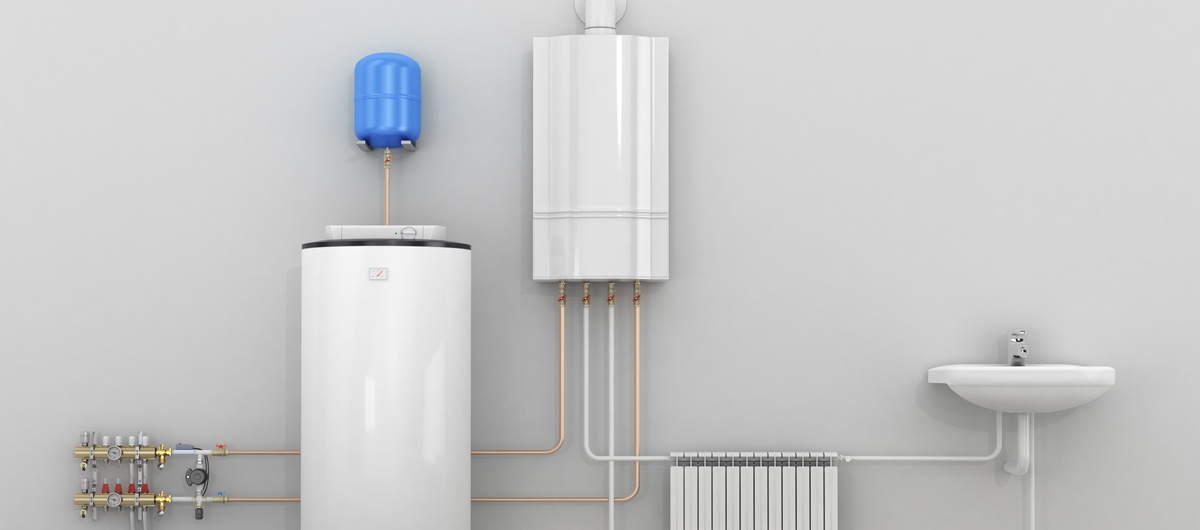

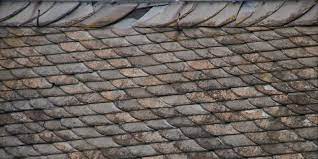
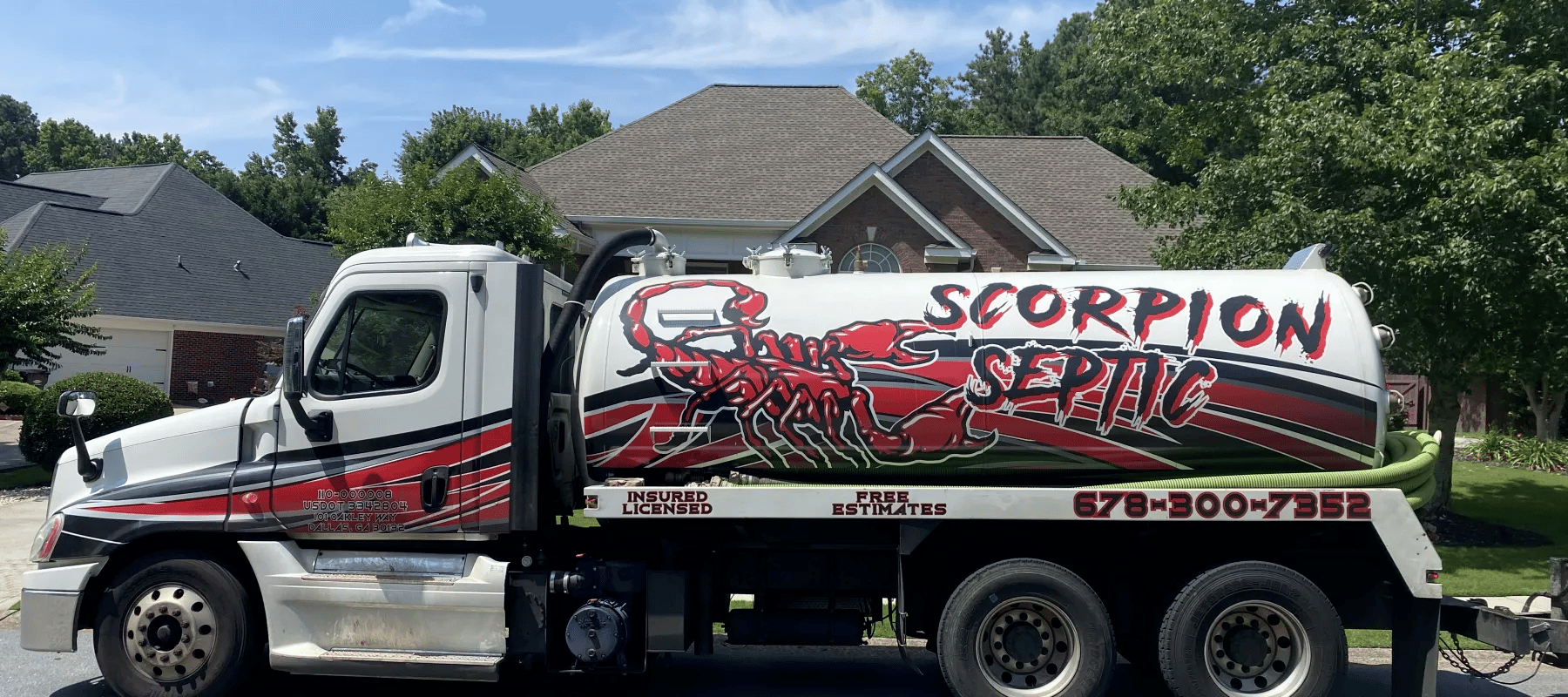







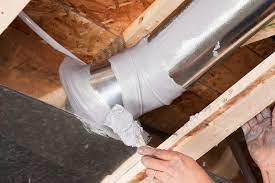

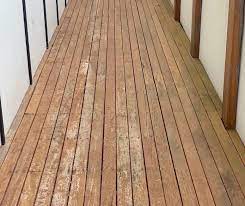
Leave a Reply